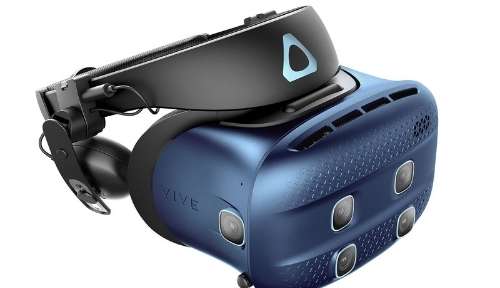For virtual reality to be truly effective, it must have a good sense of realism. Just on its own this is a technical challenge and, as such, virtual reality is highly demanding on many resources. From hardware performance to the intellectual ability of the implementor of the system, how these are managed are a massive issue.
As mentioned above, the realism involved in virtual reality requires a large amount of hardware resources. The most obvious requirement is processing speed, which will become more of a problem as Moore’s law becomes less effective. A convincing virtual environment must have extremely realistic visuals so good usage of the GPU, for graphics rendering, is also a definite requirement. Sound is also another factor and the quality of audio output must be extremely high, which requires good use of the sound card. This barely scratches the surface of the technical requirements involved.
Not only is the use of hardware an issue, the person using these resources must also be highly skilled. A good knowledge of in-depth computer science topics is a must have, usually requiring post-graduate education.
Much like software development today, as time progresses and the field expands, these requirements must be dealt with effectively and the barrier of entry much be lowered. One such method is to employ a domain-specific programming language geared especially towards virtual reality.
Programming Languages Specifically for Virtual Reality
A DSL (domain-specific language) can be carefully tailored to a problem domain in many critical ways. This is applies to virtual reality too. Carefully crafting the correct language(s) to virtual reality will allow developers to write less code which is optimised especially for the creation of a virtual environment.
Visual Programming Language
Enter Visual Programming Language. This programming language was invented by Jaron Lanier of VPL Researchto aid the building of virtual reality experiences. VPL is described as a “post-symbolic” programming language, which is taken to mean programs are ‘written’ by means other than letters, numbers and other written characters. For reference, most computer programs are written using the letters of the alphabet, numbers and punctuation characters.
Microsoft have developed a language with the same name which fits a “post-symbolic” description using drawing as a method of writing programs.







